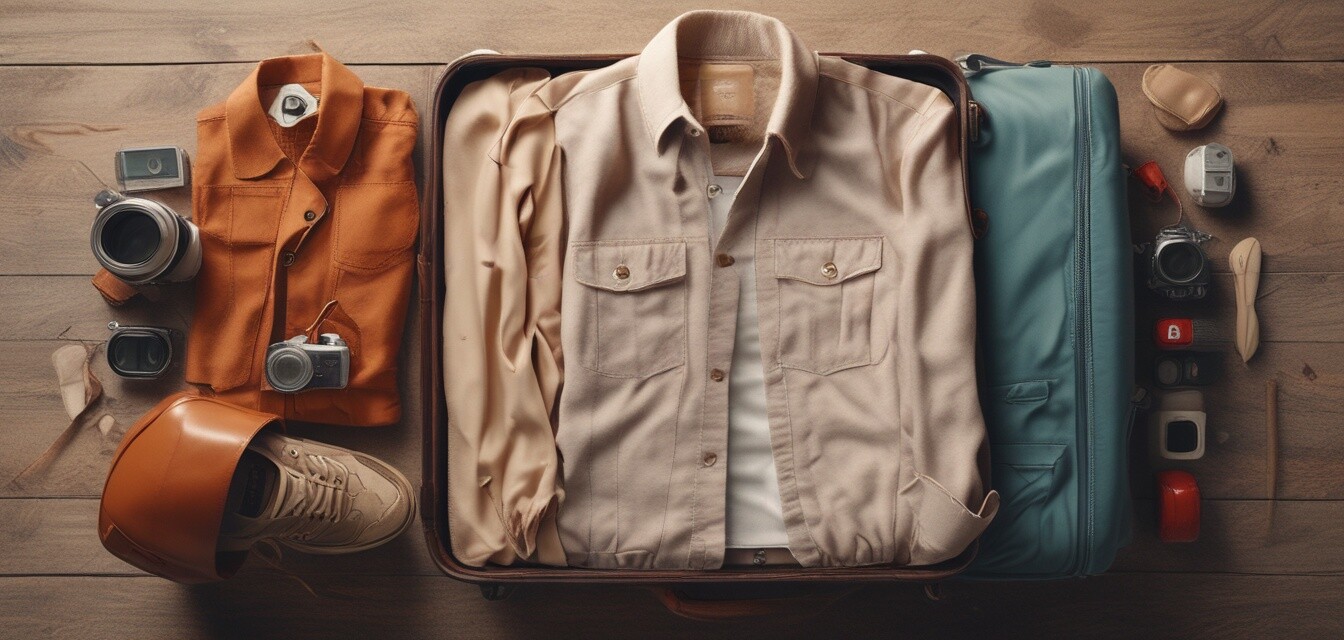
Managing seasonal wardrobe changes when traveling
Key Takeaways
- Understanding the climate of your destination helps in packing appropriately.
- Layering is an effective strategy for managing temperature fluctuations.
- Travel organizers can help keep your luggage organized and efficient.
- Planning outfits ahead of time can save space in your luggage.
- Investing in versatile clothing pieces enhances travel flexibility.
When it comes to traveling, managing your wardrobe can become quite the challenge, especially when the climate varies significantly from one destination to another. In this article, we will provide you with useful tips and tricks on managing seasonal wardrobe changes while traveling, ensuring you enjoy both style and comfort no matter where the road takes you.
Understanding your destination's climate
Before packing, it’s crucial to research your destination's weather during your travel period. Every season has its own traits, from balmy summer days to chilly winter nights. Here’s a quick guide to understanding seasonal variations:
| Season | Typical Weather Conditions | Packing Considerations |
|---|---|---|
| Spring | Mild temperatures, occasional rain | Layered clothing, waterproof jacket |
| Summer | Hot and humid | Lightweight fabrics, breathable materials |
| Fall | Cooled temperatures, windy | Warm layers, windbreaker |
| Winter | Cold, possibility of snow | Heavy coats, thermal wear |
Effective packing strategies for seasonal changes
Managing wardrobe changes can be simplified with a few effective packing strategies:
- Layering: Choose clothing items that can be layered. This way, you can adapt to temperature fluctuations effectively.
- Versatile pieces: Select clothing that can be mixed and matched. This reduces the number of items you need to pack while maximizing outfit options.
- Use travel organizers: Invest in travel organizers to create separate compartments for different types of clothing, making it easier to find what you need.
- Plan ahead: Create a packing list based on your planned outfits for each day. This will help prevent over-packing.
- Accessories: Use accessories to change the look of your outfits without adding bulk. Scarves, hats, and jewelry can enhance your style.
Creating a flexible packing list
To help you visualize your packing process, here’s a sample packing list for a week-long trip covering various seasons:
| Item | Spring | Summer | Fall | Winter |
|---|---|---|---|---|
| Jacket | Lightweight waterproof | N/A | Warm layer | Heavy coat |
| Pants | Regular/long | Shorts | Lightweight with layers | Thick/thermal |
| Shirts | Long/short sleeved | Short sleeved | Long sleeved for layering | Thermal long sleeves |
| Footwear | Water-resistant shoes | Sandals | Boots | Insulated boots |
Utilizing packing aids and travel accessories
Investing in quality travel accessories can further simplify the packing process and support your efforts in managing seasonal wardrobe changes. Here are some to consider:
- Packing cubes: Keep similar items together for easy access.
- Garment bags: Maintain the condition of suits or dresses during transit.
- Compression bags: Reduce bulk by shrinking the size of your clothing.
Conclusion
Managing seasonal wardrobe changes while traveling doesn't have to be a daunting task. By considering your destination's climate, packing strategically, and utilizing handy travel accessories, you can enjoy both comfort and style on any journey. For additional packing tips and travel guides, feel free to explore our Travel Tips category.
Pros
- Simplifies packing for varied climates.
- Enhances use of space in luggage.
- Encourages a versatile wardrobe.
- Helps maintain organization.
Cons
- Requires considerable planning ahead of time.
- May need to invest in additional packing aids.